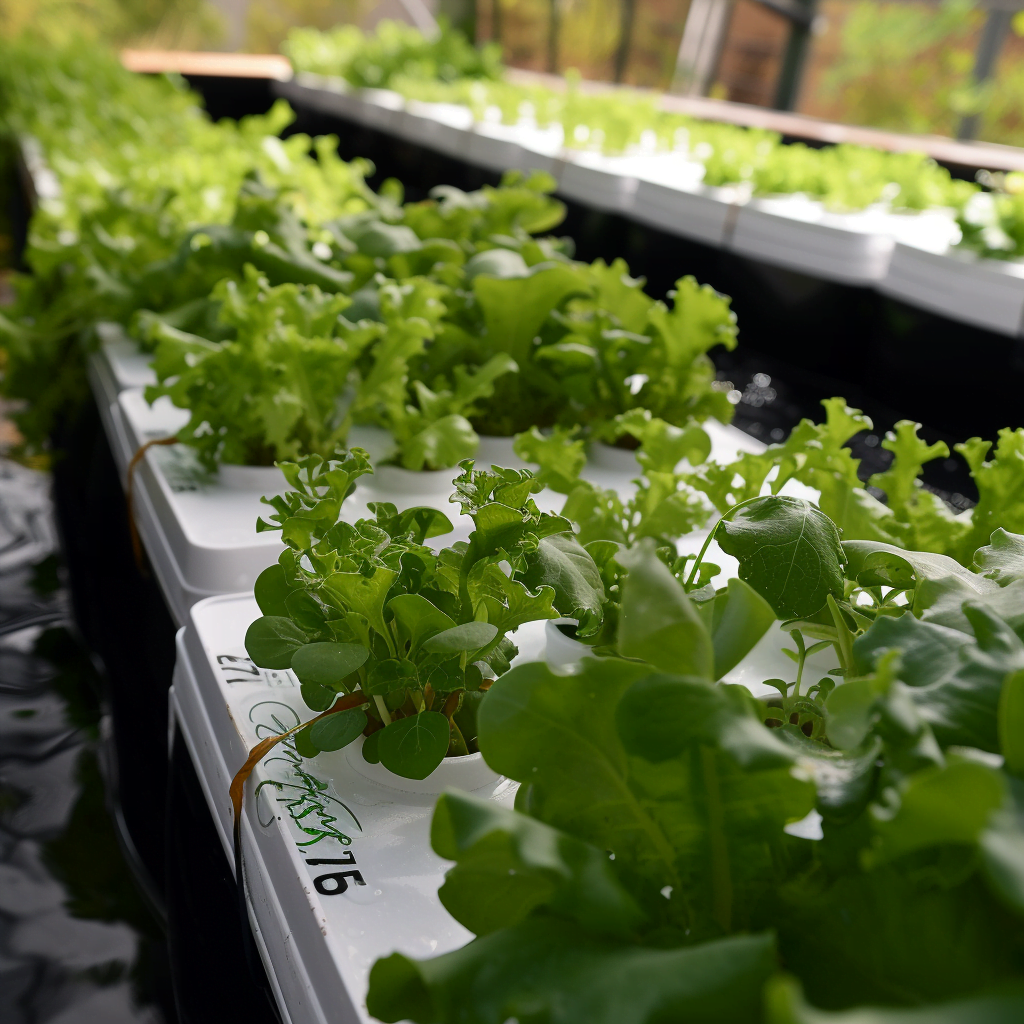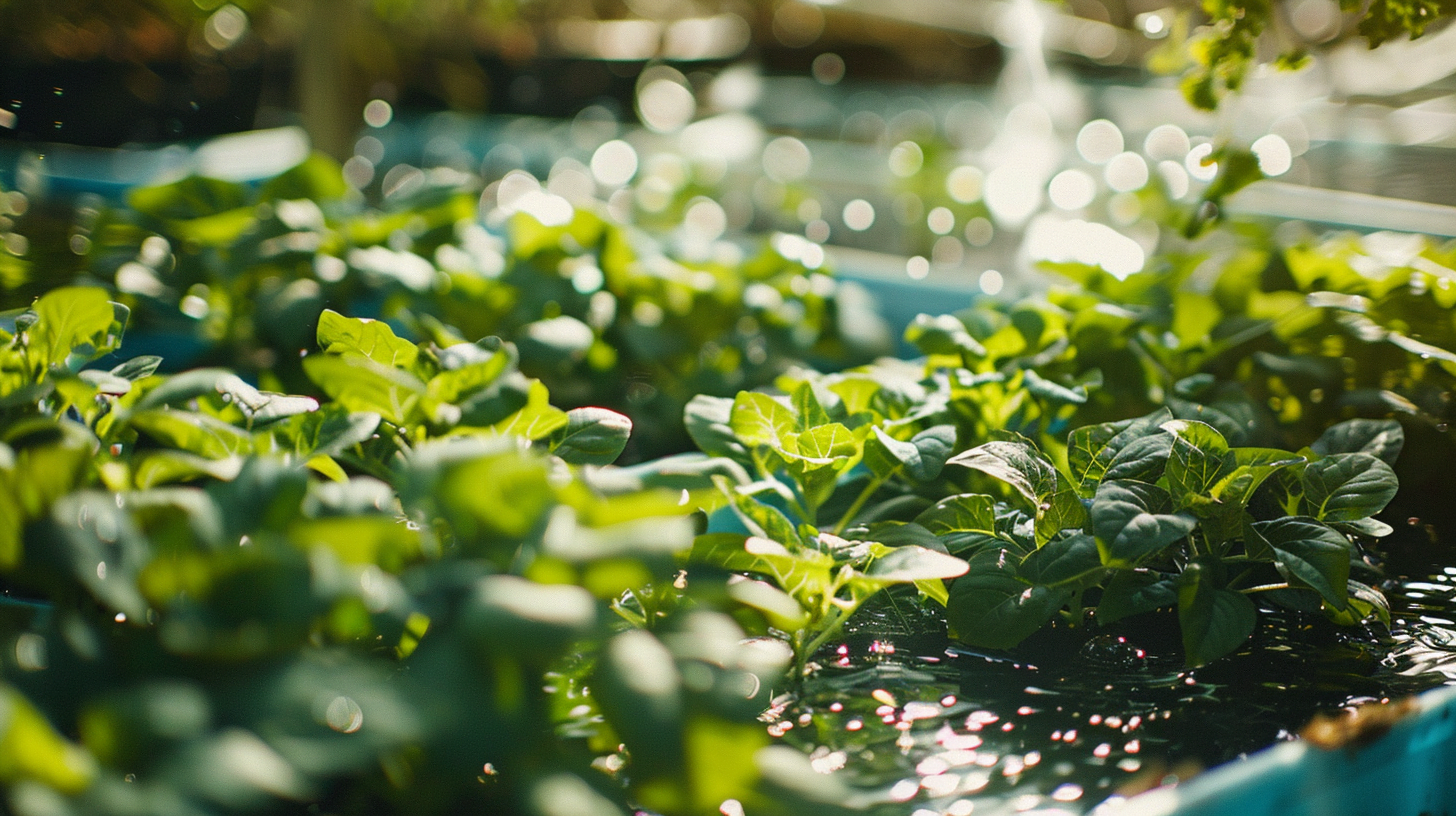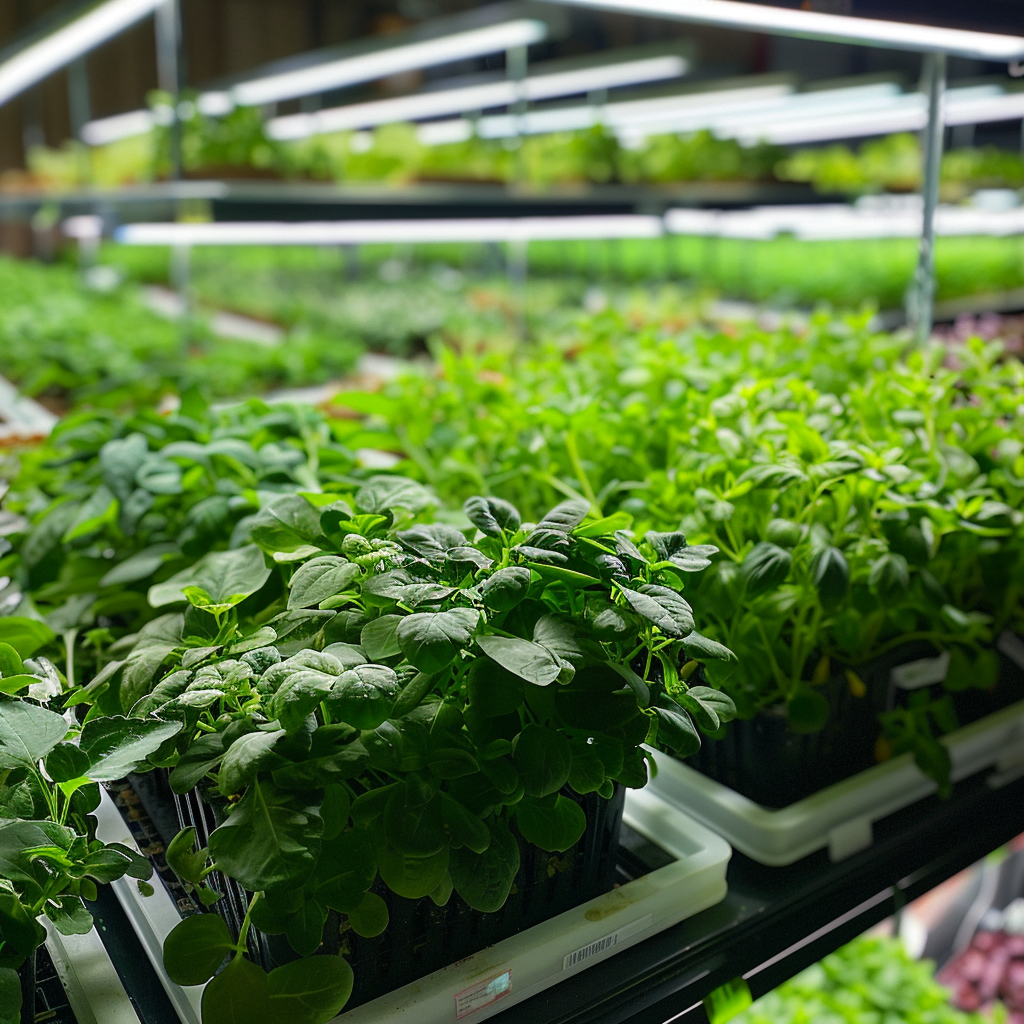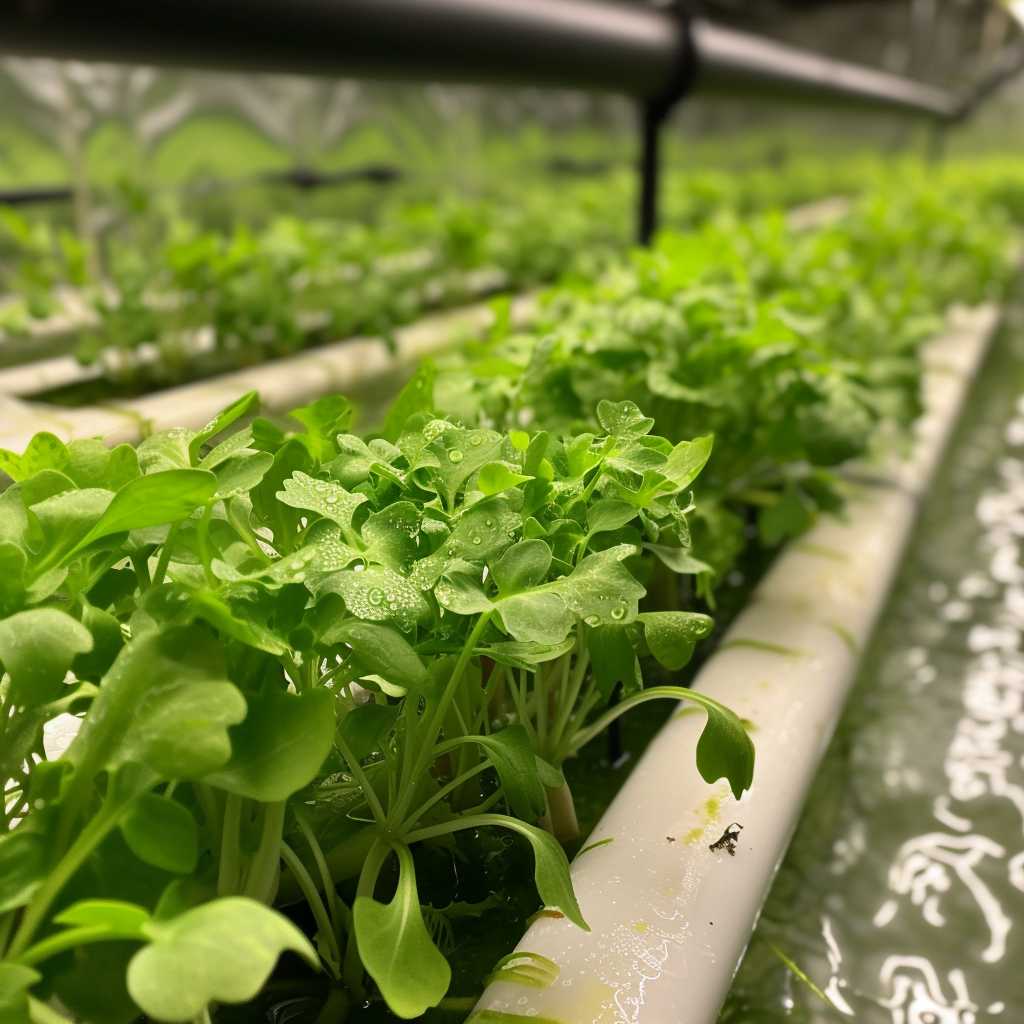Introduction
Hydroponic gardening provides a means to grow vegetables and herbs without soil. With the right equipment, nutrients, and environment, it is possible to cultivate bountiful crops in limited space. One increasingly popular hydroponic approach is deep water culture (DWC). But what is deep water culture hydroponics gardening?
Deep water culture, also known as the reservoir method, is a unique hydroponic technique. It involves suspending plants in net pots above a reservoir of oxygenated, nutrient-rich water. With roots dangling directly into the water, plants can rapidly absorb both water and nutrients at the same time.
In this beginner’s guide, we will fully explore deep water culture hydroponics. You will discover what deep water culture entails, how to setup your own DWC system, maintenance tips, troubleshooting common problems, when to harvest, expected yields, and the advantages and disadvantages of this approach. Whether you are curious about hydroponics or ready to build your first system, this guide will provide a comprehensive overview of everything you need to understand about deep water culture gardening.
So what exactly is deep water culture? Let’s dive right into the details!
What is Deep Water Culture Hydroponics?
Deep water culture (DWC) is a hydroponic gardening method where plant roots are suspended in a reservoir of nutrient-rich water without any growing medium. The roots dangle down into the solution, absorbing water and nutrients directly.
DWC was first developed in the 1970s by researchers at the University of California as a way to grow plants more efficiently using a minimum of space. It quickly became popular with hobby growers due to its simplicity and high yields.
Some key benefits of deep water culture hydroponics include:
- Higher growth rates and yields – Plants get continuous nutrients and oxygen.
- Less chance of disease – No growing medium means lower risk of soil-borne diseases.
- Easy maintenance – Once set up, DWC systems are simple to manage.
- Works for a variety of plants – Lettuce, tomatoes, peppers, and herbs thrive in DWC.
Potential drawbacks include:
- Increased chance of root rot – Roots sitting in water require good oxygenation.
- Requires electricity – Needed to power air pumps for oxygenation.
- Monitoring is essential – pH, water temperature, and nutrients must be tracked.
Overall, DWC can produce very high yields in a small space, as long as some key parameters are closely monitored.
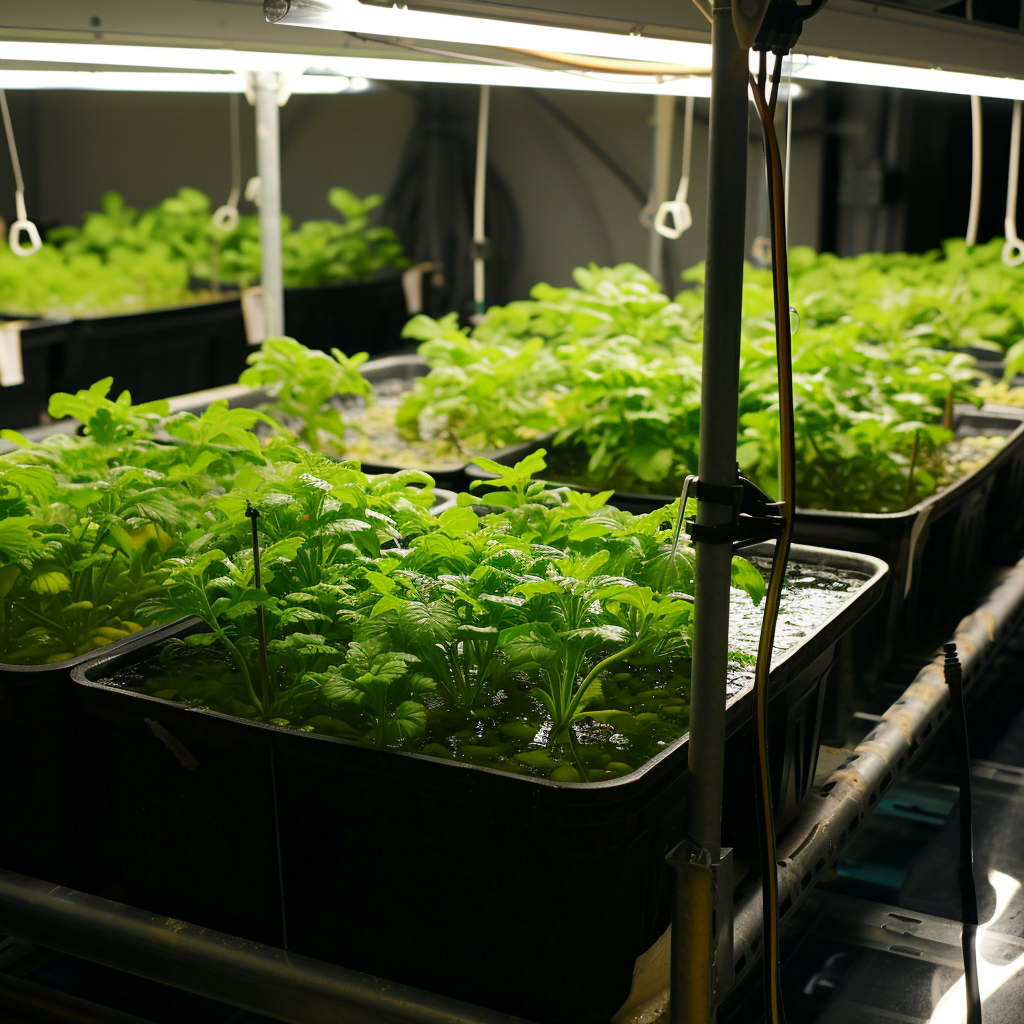
How Does Deep Water Culture Hydroponics Work?
DWC systems continuously oxygenate the nutrient solution so plant roots can absorb oxygen and nutrients at the same time.
Here are the key components in a simple DWC system:
- Reservoir – Food-grade plastic bucket or tub that holds the nutrient water solution.
- Air pump – Provides constant air flow via tubing and air stones.
- Air stones – Porous stones that release air bubbles to oxygenate the water.
- Grow bucket – Holds plants suspended above the reservoir so only roots are submerged.
- Nutrient mix – Balanced nutrient concentrates added to water.
The reservoir is filled with water and nutrient mix. Air stones connected to the pump provide a constant flow of oxygen bubbles through the solution.
Plant roots dangle down into the reservoir from the grow bucket, absorbing oxygen and nutrients. The water level is maintained 2-6 inches from the bottom of the bucket.
Setting Up Your Deep Water Culture System
Setting up a DWC system involves getting the right equipment and assembling the components.
Equipment Needed
- Reservoir container (5-10 gallon buckets)
- Net pots or grow buckets
- Air pump and tubing
- Air stones
- pH testing kit
- Nutrients – calcium, nitrogen, potassium mixes
Good veggies to start with include lettuces, tomatoes, peppers, cucumbers, and herbs.
Step-by-Step Setup
- Fill reservoir with water and add nutrient mixes based on plant type.
- Use air pump, tubing and air stones to oxygenate the reservoir.
- Place young plants or clones in net pots filled with clay pellets.
- Position pots in grow bucket, suspending over reservoir.
- Test and adjust pH to 5.8-6.2 range for optimal uptake.
- Maintain water level 2-6 inches from bottom of grow bucket.
- Keep reservoir water at 65-70°F to avoid root issues.
- Change nutrient solution weekly to prevent algae growth.
And you’re all set! Monitor plants daily and enjoy the rapid growth DWC provides.
Caring For Your Deep Water Culture Plants
Caring for plants in a DWC system involves monitoring water conditions and nutrients.
Nutrient Mixes
- Use calcium-nitrate, potassium-phosphate for fruiting plants.
- Nitrogen-rich mixes are optimal for leafy greens.
- Follow mixes on labels to avoid excesses or deficiencies.
Checking pH
- Test pH daily and adjust to 5.8-6.2 range.
- Low pH prevents nutrient absorption.
- Add pH down or pH up solutions as needed.
Maintaining Water Levels
- Keep reservoir level 2-6 inches from net pot bottom.
- Top off with a nutrient mix when low.
- Changing 1⁄2 reservoir solution weekly prevents algae.
Managing Water Temperature
- Ideal temp is 65-70°F for healthy roots.
- Use aquarium heaters or chillers to maintain range.
- Temps above 70°F increase root rot risk.
With close monitoring, your DWC plants will thrive!
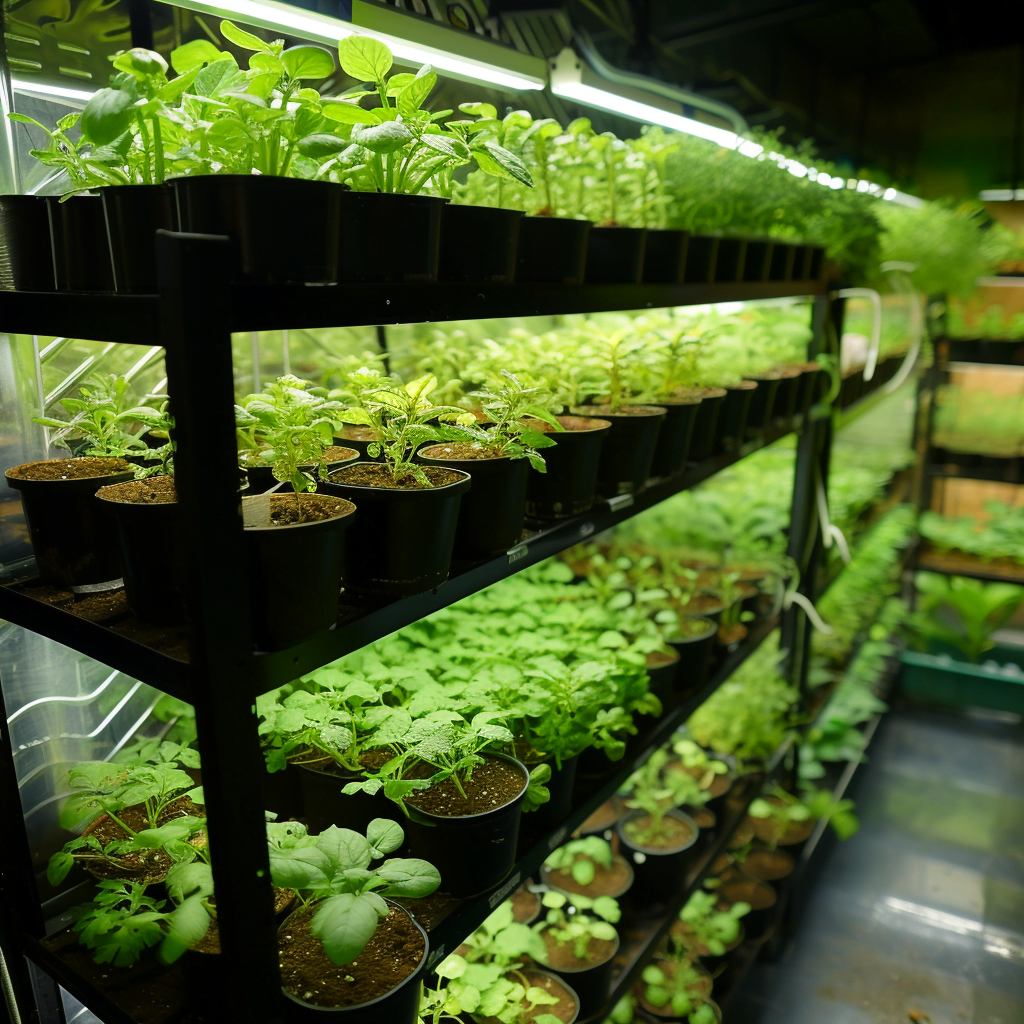
Common Problems and Solutions with DWC
DWC systems do require some troubleshooting to maximize growth and yields.
Root Rot
Caused by lack of oxygen at roots or high water temperatures. To prevent:
- Maintain proper water oxygenation with air stones.
- Keep reservoir in the 65-70°F temperature range.
Low Oxygen Levels
Insufficient oxygenation can stunt plant growth. Troubleshoot by:
- Increasing air pump flow rate.
- Adding more/larger air stones to reservoir.
- Changing air stones monthly as pores clog over time.
Nutrient Deficiencies
If plants show stunted growth and discoloration, the nutrient balance is off.
- Test and adjust nutrient mixes and pH to optimal levels.
- Change reservoir solution weekly to refresh nutrients.
With good preventative care, DWC issues can be avoided!
Harvesting Your Deep Water Culture Plants
Knowing when to harvest is key to maximizing yields.
- Lettuces – Harvest outer leaves when mature size reached.
- Tomatoes – Harvest when fully ripe on vine for best flavor.
- Herbs – Snip leafy growth as needed, don’t harvest more than 1⁄3 of plant at once.
- Peppers – Allow peppers to fully mature and fill out on plant before picking.
DWC gardens can produce very impressive yields in a small space! You can reasonably expect:
- Lettuce – 25 lbs annually per sq ft
- Tomatoes – 20-30 lbs annually per plant
- Bell Peppers – 20-30 peppers annually per plant
- Herbs – Unlimited harvests within plant lifespan
Getting the timing right is essential for bumper crops with deep water culture gardening.
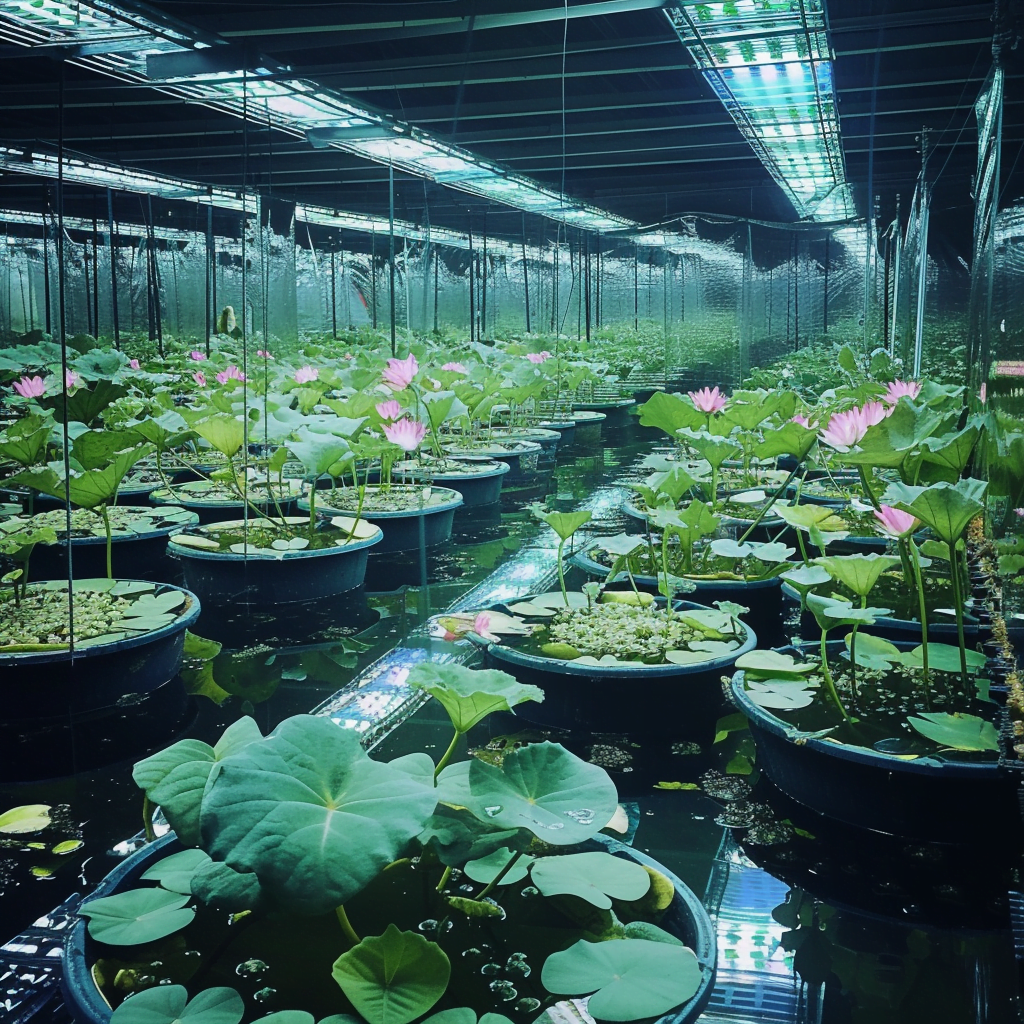
Pros and Cons of Deep Water Culture Hydroponics
As with any gardening method, DWC comes with both advantages and drawbacks.
Pros of DWC
- Faster plant growth and higher yields.
- Continuous oxygen to roots prevents issues.
- Lower risk of disease due to no soil.
- Very cost effective and electricity efficient.
- Allows growing in spaces unfit for soil.
Cons of DWC
- Increased monitoring required to avoid problems.
- Not suitable for all plant types – better for fruits and greens.
- Root rot can destroy whole system quickly if not managed.
- Requires pH testing and nutrient mixing daily.
For growers able to provide consistent system monitoring and maintenance, the benefits will significantly outweigh the drawbacks with deep water culture gardening.
Conclusion
Deep water culture offers an efficient hydroponic growing method capable of extremely high yields. With proper setup and care, DWC systems can produce massive amounts of vegetables in a compact space.
Monitor oxygen levels, nutrients, and pH closely to prevent issues. When managed correctly, DWC provides one of the highest-potential hydroponic systems for urban and indoor gardeners. The benefits of faster growth, disease resistance, and reduced space requirements make DWC an excellent choice for hydroponic growers looking to maximize their harvests.
